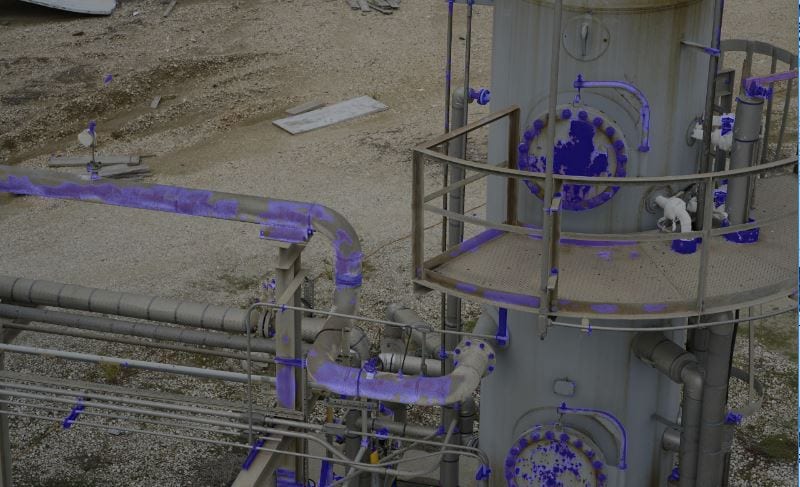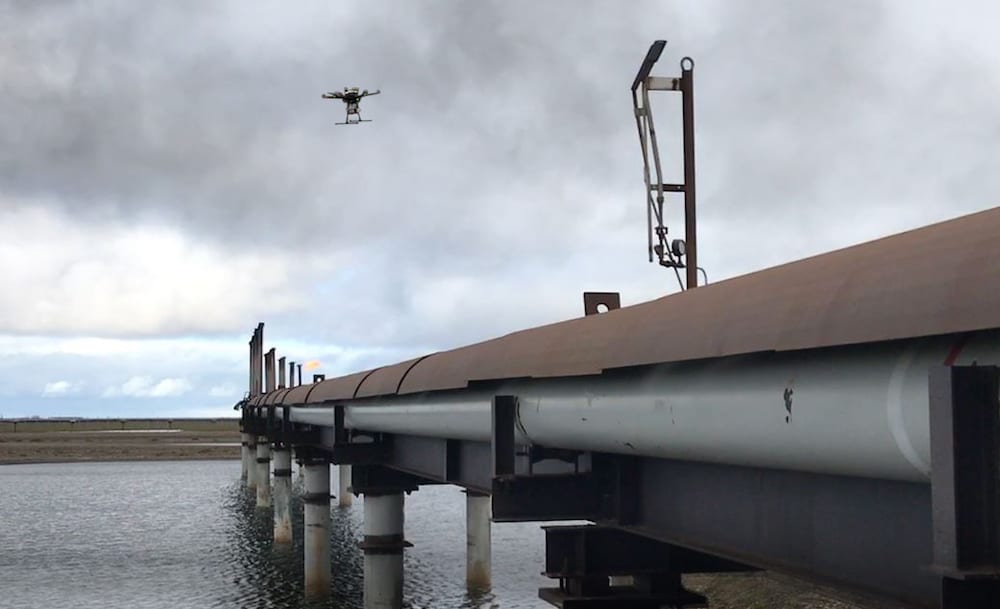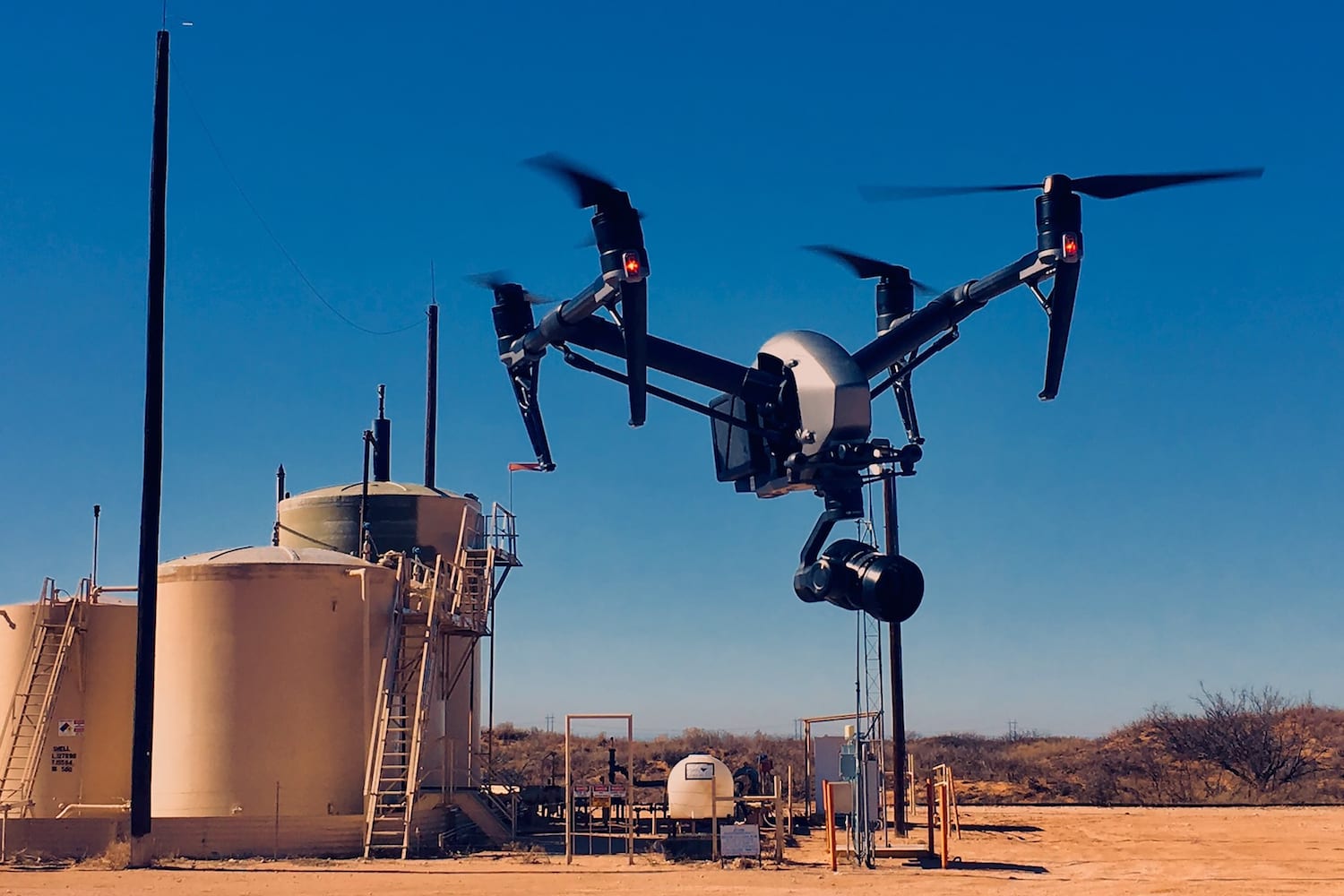Autonomous robots, predictive analytics, AI. Avitas Systems deploys new tech to make dangerous inspection work safer, cheaper and more accurate.
Ask any technician who has ever scaled a massive wind turbine and they’ll tell you: Manual inspections of industrial assets can be dangerous and imprecise. But that’s changing in the blink of an eye. Today, companies are tapping advanced tech tools like autonomous robots and drones, as well as AI-powered predictive analytics, to make inspections not only safer but more accurate.
Avitas Systems, launched in 2017 by GE Ventures, is one of the emerging pioneers who are upending traditional modes of industrial inspection. The Boston-based company combines autonomous robot and drone inspections, AI analytics and digital data warehousing in a single service. Not yet two years old, Avitas Systems already counts heavy hitters in the oil and gas, electric power and transportation industries among its client roster.
According to Brad Tomer, interim CEO at Avitas Systems, the company’s goal is simple but deeply ambitious. “We’re trying to disrupt industrial inspections from end-to-end by truly digitizing the process,” he says.
Can’t See It? Send in the Drones
Industrial inspections aren’t just dangerous — they’re also costly. Shutting down equipment so human technicians can safely inspect it means lost productivity and revenue. An oil company may need to take a flare stack at a petroleum refinery, for instance, offline for several days before it is cool enough for an inspector to scale.
Taking equipment offline also creates a less-than-ideal inspection scenario. Because technicians can’t examine assets while they’re in use, they can miss signs of trouble that are only visible during operations. And the naked eye can easily overlook micro-fractures and early signs of corrosion, letting potentially dangerous issues continue to fester between inspections.

The results of a drone inspection of oil & gas equipment. Image: Avitas Systems
But autonomous drones and underwater robots can detect even the smallest flaw in minutes. To make the most of this advantage, Avitas partners with GE Global Research and other tech firms to customize sensors attached to autonomous (and semi-autonomous) robots and drones that can slither, climb, dive underwater or fly by equipment in any environment. Many of them are tricked out with state-of-the-art sensors and micro-cameras that can employ infrared, ultrasound and photoelectric chemical detection as well as peer within narrow pipes and difficult-to-reach crannies.
Better Data, Smarter Analytics
One of the major downsides of manual inspections is the cumbersome and error-prone process for data gathering and analysis. Data that human technicians collect on-site can take weeks or even months to analyze and process into a report. Even then, data from manual inspections is often subjective, incomplete or inaccurate.
In contrast, the Avitas Systems cloud-based inspection platform, built on GE’s Predix platform, fuses data from diverse sources in real time and then analyzes it using the latest AI to automatically identify defects and generate alerts.
The Power of Proactive Maintenance
Avitas Systems reports that its automated industrial inspections helped lower clients’ inspections costs by 25 percent on average in 2017. But, according to Tomer, companies are also saving money by extending its equipment life through AI-powered analytics.
Tomer says companies can make assets last longer by planning risk-based inspections based on data insights into when equipment will mostly likely degrade, instead of simply scheduling annual or bi-annual inspections. And the 3D modeling software that Avitas Systems uses lets robots to take targeted paths during inspections. Those exact paths can be repeated so inspectors can observe changes in assets over time.

A drone inspects an oil pipeline. Image: Avitas Systems
John Boot, a senior engineer at Avitas Systems, says the 3D modeling capabilities help inspectors quickly pinpoint areas in need of attention, a handy feature when the inspection involves massive equipment like an oil pipeline.
“We are often working with site plans measured in square miles,” Boot says. “When someone sees a pressure drop in a particular pipe, actually finding that pipe, or a particular flange or valve, can be quite difficult just because of the scale. The ability to use 3D models to look back and forward in time is a powerful way to focus on points of interest.”
Boot says Avitas Systems also enables operators to tap into the collective expertise of people throughout the organization — wherever they’re located.
“Remote experts can study issues at a distance because we bring the location to them,” he explains. “A team in Houston can, from their office, investigate a problem with a pipeline in the Gulf of Mexico, for example. And because our system highlights areas of concern, the experts don’t have to review hundreds of hours of video. Instead, they can focus on the most important footage and help solve problems faster.”


Share this: